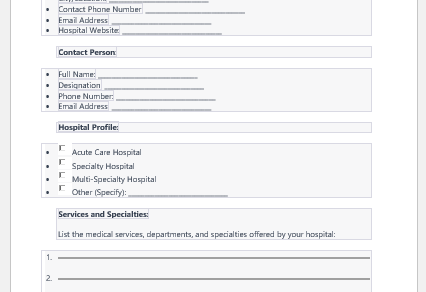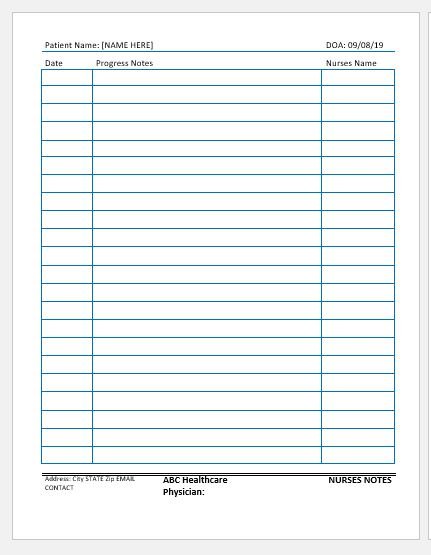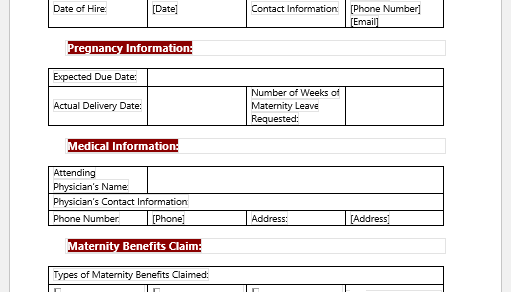The wrist or wrist joint is an important anatomical structure. The wrist joint allows movements and takes an active part in the fine movements of the hand. Imagine a hand without a wrist and you won’t be able to perform anything or any tasks even in your imagination. The wrist is mainly composed of a number of small bones which we know as carpal bones. The concavity of the bones leaves a space for the entry and exit of various nerves, vessels, and tendons of the muscles of the hand. We call this space the carpal tunnel.
All the muscles in hand go either below or above the carpal tunnel and get their attachments to the respective phalanges or metacarpals. The fine functions of the hand which include writing, drawing, and making a grip on fine objects including the grip on the spoon.
Wrist pain and diagnosis of chronic and acute clinical conditions
Wrist pain is an important clinical sign and symptom that has the potential to point toward a number of clinical conditions. These clinical conditions range from simple pain to osteoarthritis, and carpal tunnel syndrome. So, we need to know the details of wrist and wrist joint pains so that we can reach the probable diagnosis through our history and examination.
Some other appearance changes along with wrist pain can also help us in reaching the correct diagnosis. For example, if the patient is complaining of pain in the wrist joints associated with the deviation of the hand, it indicates rheumatoid arthritis.
If the patient complains of pain in the wrist and hand with some restricted movements, we must think about carpal tunnel syndrome. Other co-morbid conditions of the patient also help us know where the pain is pointing.
Wrist pain chart
For all the reasons that we have talked about, wrist pain is always taken into serious account. A wrist pain chart is sometimes used for the grading of pain to know the intensity and decide the necessary measures to take so that patients’ complaints are relieved.
- The wrist pain chart needs to have the patient’s details which include the name, age, sex, and ethnicity of the patient. This space also needs the contact details of the patient so that he or she can be contacted whenever required.
- A brief description of the presenting complaints of the patient is also mentioned. We need to know the duration of the pain, associated symptoms, and which time of the day it is when the patient feels more pain.
- A family history of arthritis, allergies, or any other autoimmune diseases is also inquired about and mentioned in the wrist pain chart.
- After we have asked all about the history of the patient, we are now interested in actually examining the patient for his pain.
- We look for the visible signs of inflammation, scars, injury, or any other positive local findings which may be the cause of wrist pain.
- We then check the dermatomes around the wrist joint which basically includes an entire upper limb.
- Phalen’s test is also performed to know the movements.



